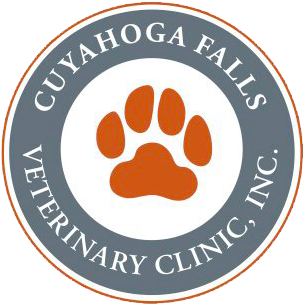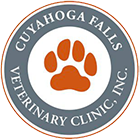Several years ago, we purchased a small digital camera, a Fuji point-and-shoot as I recall, to take photos of some of the interesting things we saw on a day-to-day basis here at the Clinic. Prior to this, we had to rely on written records and our memories for previous appearances of conditions, and we didn’t have a way to share with our owners what we were finding in our procedures and operations. After a while we left the point-and-shoot behind (cats don’t hold still long enough for that fraction-of-a-second delay!) and purchased an old Canon DSLR (eBay is great for this!).
All along the way, we’ve made it a point to photographically document our interesting cases, partially for the record-keeping aspect, but primarily for the added teaching ability the photos provide. We’re able to share these photos routinely with our clients to illustrate conditions, show where a condition may progress if left untreated, demonstrate consequences, and serve as reminders for just how far particular patients have come in their conditions or diseases.
In developing our website with Digital Day in early 2010, we communicated to them our interest in medical and animal photography, and they set up a link for us to our Flickr! page so that we could share our images with, literally, the world. Since that time, our photos have been viewed tens of thousands of times from all corners of the world. We’ve been able to help animals in other states and other countries, and it’s very rewarding when we hear from these pet owners through e-mail that we’ve never met.
A couple of months ago, Danielle Darracq Nelson, DVM, PhD, a clinical instructor in Veterinary Microbiology and Pathology at the College of Veterinary Medicine of Washington State University contacted me regarding our Flickr! photo collection. Over the telephone, she complimented our Clinic on our collection and our use of the photos, and because our photos are copyrighted, she was calling to request permission to use them.
 Tooth Root Abscess, Secondary to FRL |
Why? As a professor at a referral and teaching hospital, the cases that she has available to show her students are limited. Many of the routine presentations never make it to the referral hospitals because general practitioners ably manage the cases. Therefore, it can be difficult for veterinary students to learn the more common things when they predominantly see the uncommon things during the course of their education. Dr. Nelson wrote us saying, “I am excited to have access to quality images taken of common lesions observed in clinical settings. This will be very helpful for our Veterinary Systemic Pathology lectures and labs since fixed tissues have limited teaching value.”
I was very happy to grant Dr. Nelson permission. Our main goal in the collection of the photographs is, in fact, education. We also get requests from veterinary students around the world (most recently from South Africa) requesting permission to use our photos. To have our photos shared at the College of Veterinary Medicine level is an honor and a thrill!
Our mission statement at the Cuyahoga Falls Veterinary Clinic is to provide kind, compassionate and comprehensive health care for your pet so that your pet can enjoy a long, happy and healthy life with you. One of the ways that we accomplish this mission is by providing education. An informed owner is in a better position to make sound decisions for their pet than an uninformed owner. We want to have informed owners, and if we can inform future veterinarians in the process, then, as we often say here at the Clinic, we will have caught two fish with one hook!

